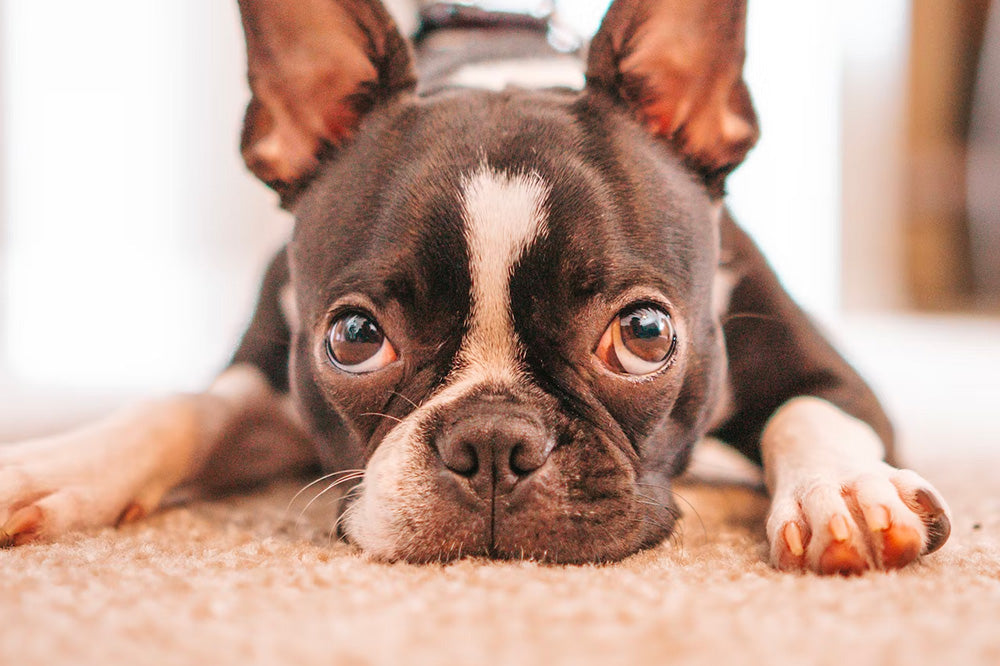
January is glaucoma awareness month. Glaucoma is a common issue affecting the eyes of all mammals - dogs, cats, (and horses!) included!
The front part of the eyeball is filled with a liquid, called aqueous humor. The aqueous humor is a thin, clear liquid that helps the eyeball keep its shape, carry nutrition from the blood into the eye, and allows light to pass through it to allow for vision. The aqueous humor is produced inside the eyeball and is drained behind the iris (the colored part of the eye).
In glaucoma, the aqueous humor is unable to be drained from the eyeball. This is normally due to a narrowing of the passage that the fluid is supposed to exit out of. As the eyeball keeps producing more fluid, the fluid will keep building up, leading to severe pain and eventually blindness.
In pets, we test for glaucoma using a tonometer. A tonometer is a small machine that lightly bounces a probe off of your pet’s eyeball, measuring its intraocular pressure. An elevated intraocular pressure with other associated clinical signs is likely glaucoma. This diagnostic test is painless - most pets are only bothered about holding their heads still for this!
It is important for pet owners to know the signs of glaucoma to watch out for at home:
- Cloudy Eyes
- Bulging/Enlarged Eyes
- Ocular Pain (Rubbing Face)
- Behavior Changes
- Blindness
- Clear Ocular Discharge
There are two types of glaucoma. Primary and secondary. As mentioned previous, in all cases of glaucoma, the aqueous humor cannot be drained. Primary glaucoma usually affects certain breeds of dogs based on their anatomy. Dogs experiencing primary glaucoma will usually become affected as adults or seniors.
Breeds of dogs at risk for Primary Glaucoma:
- Shih Tzu
- Boston Terrier
- Miniature Pinscher
- Cocker Spaniel
- Husky
- Shar Pei
- And Others
Breeds of cats at risk for Primary Glaucoma:
- Burmese
- Siamese
Secondary glaucoma can happen to any pet. In secondary glaucoma, the aqueous humor drainage spot becomes blocked due to a concurrent ocular disease.
The following eye conditions can increase the risk of glaucoma:
- Uveitis
- And conditions that cause uveitis such as infections, corneal trauma, dry eye, etc
- Lens Instability/Luxation
- Cataracts
- Tumors
If glaucoma is caught early, medications can be given to slow down and potentially improve intraocular pressures. These medications are typically affordable eye drops, given once to twice a day. Most pets tolerate these medications well! However, if glaucoma is not caught early enough, or is a severe case, pets are left blind and in pain, and the only cure is enucleation (surgical removal of the eye). For complex cases, our doctors may recommend referral to a veterinary ophthalmologist.
For at risk breeds, especially Shih Tzus and Boston Terriers, please consider adding a tonometry (eye pressure) check into your pet’s annual checkup, following the recommendations from our doctors. Catching glaucoma before they start experiencing pain can save your pet’s vision!
If you believe that your pet may have symptoms similar to glaucoma, please schedule an appointment right away!